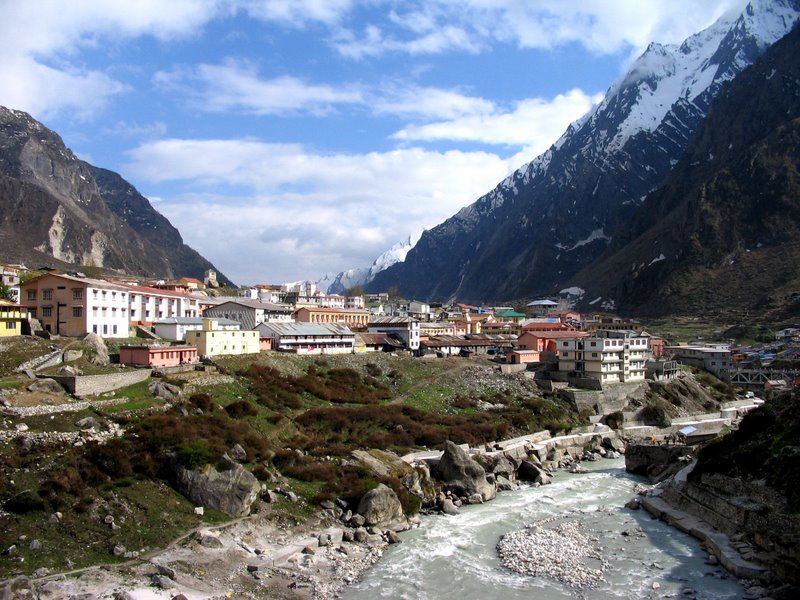Badrinath hill station is a confluence of beauty and spirituality. This holy seat of the famous Badrinath temple is located in Uttarakhand between the Nar mountain range and the Narayana mountain range of the Himalayas. Badrinath is situated at an altitude of 3050 meters, a little higher than the Alaknanda River and spreads across the Badrinath Valley. A trip to Badrinath should feature on every avid traveller’s bucket list.

Climatic Conditions
Though the climate here is generally mild for the most part of the year, Badrinath experiences extreme winters especially in the higher reaches. This area experiences summer through the months of May to June wherein the temperature ranges between 7 degrees Celsius to 18 degrees Celsius, monsoon between July and September wherein it receives heavy rainfall effectively reducing the temperature and winter through the months of October to April wherein the temperature drops as low as -1 degrees Celsius.
Best Time to Visit
The best time to visit Badrinath is through the months of May to June and later in the year through the months of September and October. The weather in these months is mild and conducive to travel. The Badrinath temple remains closed during the winters due to extreme temperatures and heavy snowfall. Tourist spots located in the higher reaches are also relatively inaccessible during this time.
Attractions/Things to Do
Badrinath is the chief location of the Char Dham Yatra undertaken by Indian pilgrims and has immense religious significance to Hindu culture. The Badrinath temple is believed to have been the exact spot where Lord Vishnu endured penance, the “Charanpaduka” are supposed to be the footprints of Lord Vishnu and the temple also has a rock formation containing the imprint of the “Sheshnaag”. Other temples and holy spots in the area include Brahma Kapal, which is the spot where Lord Shiva was released from his curse, the Narad and the Tapt Kund springs that are believed to alleviate people from their sins, Hemkund Sahib the famous Gurudwara which is also located here etc. Besides religious tourism Badrinath is also famous for its natural beauty, which is highlighted in places like the majestic Vasundhara falls, the valley of flowers which forms a splendid view in setting sun with the beautiful Rabatan peak in its background. This area also has other activities like treks in the valley, which begin at Gobindghat. Thus, the Badrinath Valley resonates with spirituality and offers a plethora of sights to a traveller seeking a truly religious and spiritual experience.
How To Reach
Badrinath being such a significant tourist spot is well connected to the surrounding areas. The closest airport is Jolly Grant Airport, which is located at a distance of about 317 kilometers from Badrinath. The closest International airport is at New Delhi, which is about 491 kilometers away. Badrinath can be reached by helicopter too by availing such services from Dehradun as well as Phata. The closest Railway stations are located at Rishikesh and Kotdwara, which are 297 kilometers and 327 kilometers away respectively and have good connectivity with other parts of the country. Badrinath is accessible by road via the National Highway 58 (NH58) from New Delhi, Haridwar and Rishikesh. Regular bus services are available from Rishikesh to Badrinath.
Distance From Major Cities
- New Delhi– 491 Kilometers
- Rishikesh– 297 Kilometers
- Haridwar– 322.5 Kilometers
- Dehradun– 336.1 Kilometers
Accessibility and Accommodation
Accommodation is easily available in Badrinath in the many hotels and Dharamshalas present here. The hotels offer spectacular views of the surrounding mountains and the scenic valley, the Dharamshalas are relatively simpler yet clean and cozy. Since the town is a seat for pilgrimage, non-vegetarian food is not permitted here. The public transport system is good and Badrinath is well connected within itself.

